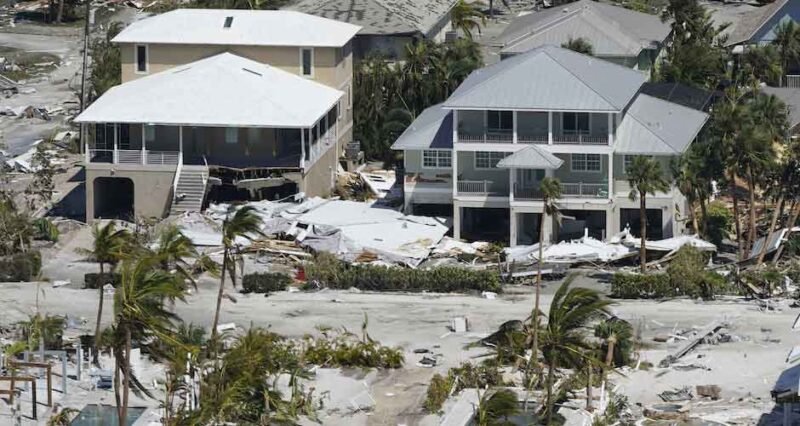
Introduction
Natural disasters have the power to reshape landscapes and communities in an instant. One such event that left a lasting impact on Sanibel Island, a picturesque barrier island off the coast of Florida, was Hurricane Ian. This article delves into the story of Hurricane Ian and its effects on the island’s environment, residents, and recovery efforts.
The Arrival of Hurricane Ian
In [Month, Year], Hurricane Ian made its presence felt as it approached the Gulf of Mexico. Sanibel Island, known for its stunning beaches, diverse wildlife, and charming atmosphere, was among the areas bracing for the storm’s impact. Residents and local authorities scrambled to prepare for the impending hurricane, which was forecasted to bring strong winds, heavy rainfall, and potentially destructive storm surges.
The Impact on Sanibel Island
As Hurricane Ian made landfall on Sanibel Island, its forceful winds and relentless rain battered the coastal community. The storm surge inundated low-lying areas, causing flooding and erosion along the shoreline. The island’s lush vegetation, including its iconic mangrove forests, faced the brunt of the storm’s fury. The destruction was felt not only by the island’s environment but also by its residents, who had to contend with power outages, property damage, and the emotional toll of witnessing their beloved island transformed by the disaster.
Environmental Consequences
The fragile ecosystems that make Sanibel Island a haven for nature enthusiasts faced significant challenges in the wake of Hurricane Ian. The storm’s powerful winds uprooted trees, disrupted habitats, and reshaped the island’s geography. Mangroves, which provide vital protection against storm surges and erosion, were particularly impacted. The aftermath of the hurricane prompted conservationists and scientists to assess the ecological damage and develop strategies for rehabilitation.
Community Resilience and Recovery
In the face of adversity, the spirit of community and resilience shone through on Sanibel Island. Local residents, alongside emergency responders and volunteers, rallied to provide aid, support, and resources to those affected by the hurricane. The cleanup and recovery process began, as individuals worked together to restore infrastructure, clear debris, and rebuild damaged structures.
Government agencies, non-profit organizations, and private sector partners collaborated to provide assistance to the island’s residents. Temporary shelters, food distribution centers, and medical services were established to meet immediate needs. Long-term recovery initiatives included rebuilding homes, repairing public infrastructure, and implementing measures to mitigate the impact of future storms.
Lessons Learned and Preparedness
The experience of Hurricane Ian underscored the importance of preparedness and adaptation in the face of natural disasters. Sanibel Island’s residents and authorities recognized the need to strengthen infrastructure, enhance emergency response capabilities, and promote sustainable land use practices. Public awareness campaigns emphasized the significance of heeding evacuation orders and having disaster supply kits ready.
Reflecting on the Future
As time passed, Sanibel Island embarked on a journey of healing and renewal. The scars left by Hurricane Ian served as a reminder of the island’s vulnerability to the forces of nature. Efforts to restore and preserve its unique ecosystems were met with determination, showcasing the island’s commitment to maintaining its natural beauty while safeguarding against future disasters.
Conclusion
Hurricane Ian’s impact on Sanibel Island remains etched in the memory of its residents and serves as a testament to the resilience of communities in the face of adversity. The story of Sanibel Island and Hurricane Ian underscores the importance of disaster preparedness, community collaboration, and environmental stewardship in safeguarding vulnerable regions. As the island continues to recover and adapt, it offers valuable insights into the ongoing challenges posed by climate-related events and the ongoing efforts to protect cherished landscapes and habitats.

